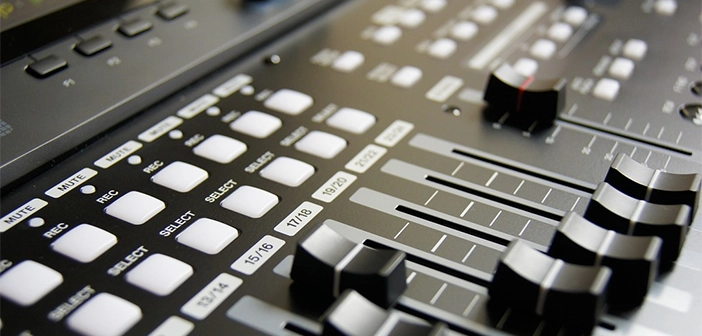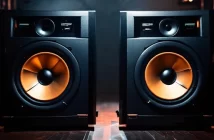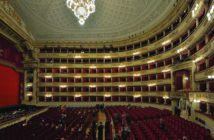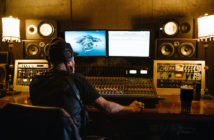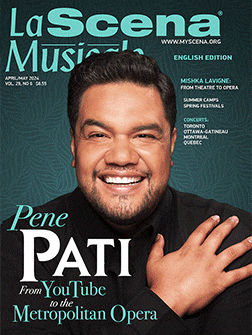
This page is also available in / Cette page est également disponible en:
![]() Francais (French)
Francais (French)
Controversial frequency correction and note modulation tools like Autotune and Melodyne face harsh criticism, as did most tools that have appeared throughout the history of recording.
They are seen by some as a way to improve recordings and as real cheating tools by others. This is even more true with note correction tools, especially in the world of classical music.
Since the invention of recording more than a century ago, humans have always sought to perfect the process of reproducing music. Different formats were abandoned; from the wax cylinder to magnetic tape. Today analog has given way to digital. Microphones, preamplifiers, speakers, room and studio acoustics continue to improve.
Thanks to this technical progress, we can now even modify the pitch of recorded notes by adjusting their frequency. So once the recording is done, these tools allow you to change the note that the violin played or the voice sang, pitching it higher or lower.
With a click of the mouse, you can adjust by semitones: an E becomes a B or an F. You can also modify the pitch in intervals smaller than semitones. For example, if a note is not quite in tune, a little sharp or a little flat, with a click of the mouse it becomes perfectly in tune.

Four notes sung with modulation. They are a little flat except for the second one which is a little sharp.

The four notes are now perfectly in tune, on C, still with as much modulation.

The notes were changed to C, D, A and Bb, still with as much modulation.
Changing the pitch of a note is a feat in itself, but the pitch modulation can also be changed. It is possible that a sustained note has some modulation, that its pitch varies; maybe it goes a little flat between the attack and release. A simple correction carried out with this software and the pitch is maintained throughout. An unfortunate glissando between two notes can therefore disappear very easily. Vibrato can be exaggerated or attenuated until it disappears completely. You can literally string together a series of Cs and then arrange them to play The Flight of the Bumblebee.

Modulation (vibrato and glissando) has been completely eliminated.
We obtain a perfect recording by getting rid of traces of the imperfect human, even if it means losing the emotion of an entire line which is due to these small imperfections. It is possible to get rid of the unforeseen that arises when inspiration strikes and thus eliminate what distinguishes singers from each other.
In classical music, there is a culture of striving for perfection, a perfection that in reality is impossible to achieve. Pitch correction tools have appeared from this quest for perfection.
Despite initial reluctance, it is difficult to resist these tools which are available to everyone. They save time and get better results. Correcting a note is no more cheating than recording the music in sections and then editing these different segments to give the illusion that the musicians played the piece in one go from start to finish.
We already cheat when musicians record the same bars several times and then choose the best take. We nudge a few notes that were played either too early or too late, then we get rid of the unwanted noises (chairs, music stands, pages, etc.) in the recording. It is also possible that the soloist was recorded separately from the orchestra and that artificial reverb was also used.
Classical music was first written to be performed in front of an audience and then, when recording was invented, it was recorded. The recording came later and the reference remains the live performance. It is the interpretation of the artist or the orchestra that the listeners pay attention to when listening to a piece composed 200 years ago and already recorded multiple times. The recording is considered to represent what the artist is like in a performance.
In classical music, there is a distinction between a studio recording and the recording of a live concert. Modifications are more easily accepted when it is a studio recording than when it is a concert. A listener who listens to a live recording certainly expects to hear an authentic interpretation and not the result of tool manipulations.
Recordings could be labeled to tell the listener whether they contain pitch correction and editing, just as products indicate whether they contain gluten or traces of nuts. On the other hand, few artists really have an interest in doing this. Listeners are so eager and willing to believe that what they hear is real – and artists play their part in keeping the listener dreaming.
As Oscar Wilde said: “Lying, the telling of beautiful untrue things, is the proper aim of Art”.
Playlist
This page is also available in / Cette page est également disponible en:
![]() Francais (French)
Francais (French)

